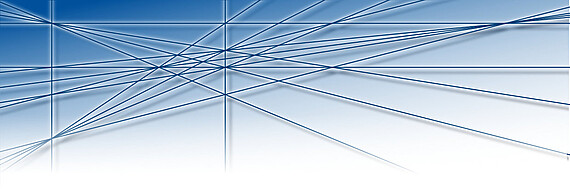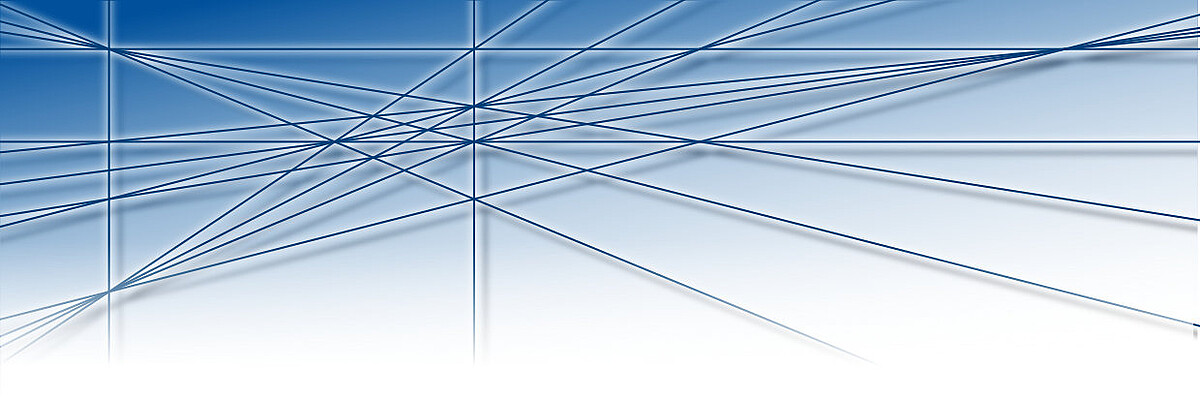Research Projects



The topics covered by my working group belong to one or more of the areas algebra, combinatorics, or geometry. The focus is on structures involving reflections as for example arrangements of hyperplanes. We often use methods from computational algebra because experiments are essential to find conjectures or proofs.
At the moment, I mainly work on four directions.
1. Weyl groupoids and Nichols algebras
In the theory of quantum groups, many algebras like for example Nichols algebras are investigated via invariants generated by reflections. Sometimes these invariants are Weyl groups, sometimes they have less symmetries. Apart from being valuable tools for classifications, these discrete invariants can also lead to predictions and insights on the algebraic side.
2. Simplicial arrangements and Terao's conjecture
Simplicial arrangements are sets of hyperplanes decomposing the space into simplicial cones. In dimension three for example, they may be viewed as sets of lines producing triangles as regions. Simpliciality is a combinatorial property of the corresponding matroid. Terao's conjecture is about a module of derivations and whether its properties are of combinatorial nature.
3. Complex reflection groups and modular data
The problems considered in 1 and 2 are related to integers and real numbers. The situation is much more complicated when reflections act on a complex space. Here we concentrate on reflection groups and associated data. In certain circumstances, these data turn out to belong to modular tensor categories.
4. Cluster algebras and frieze patterns
In the special case of dimension two, the structures considered in 1 are so-called frieze patterns. These frieze patterns appear in many other areas of mathematics, they may for instance be interpreted as smooth compact toric varieties but they also correspond to cluster algebras of Dynkin type A. There are many intriguing variants and generalizations of these patterns.


